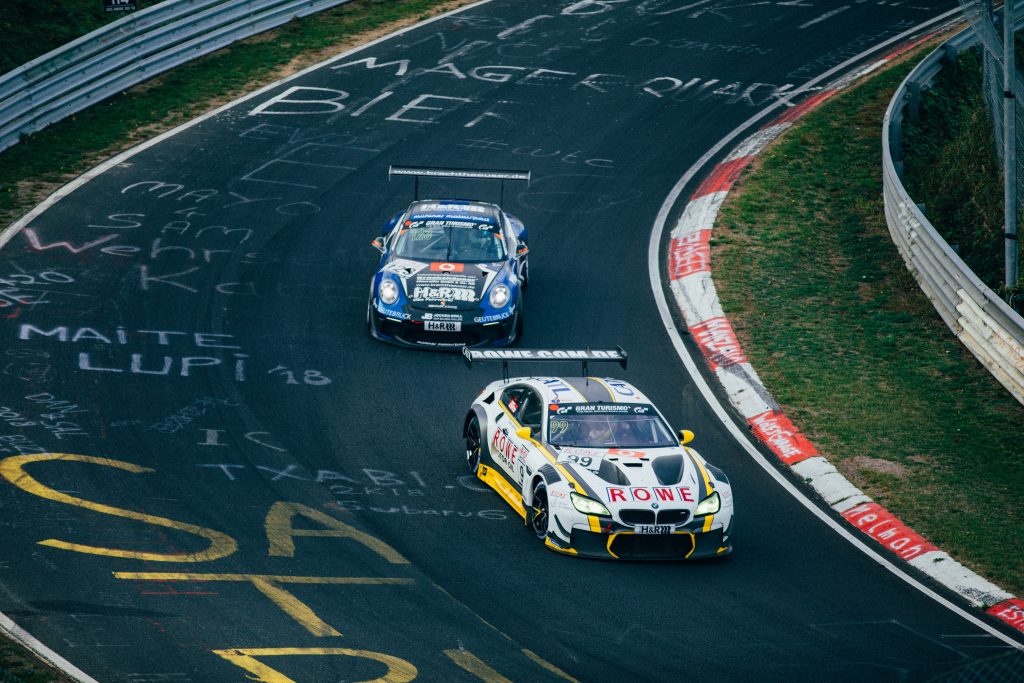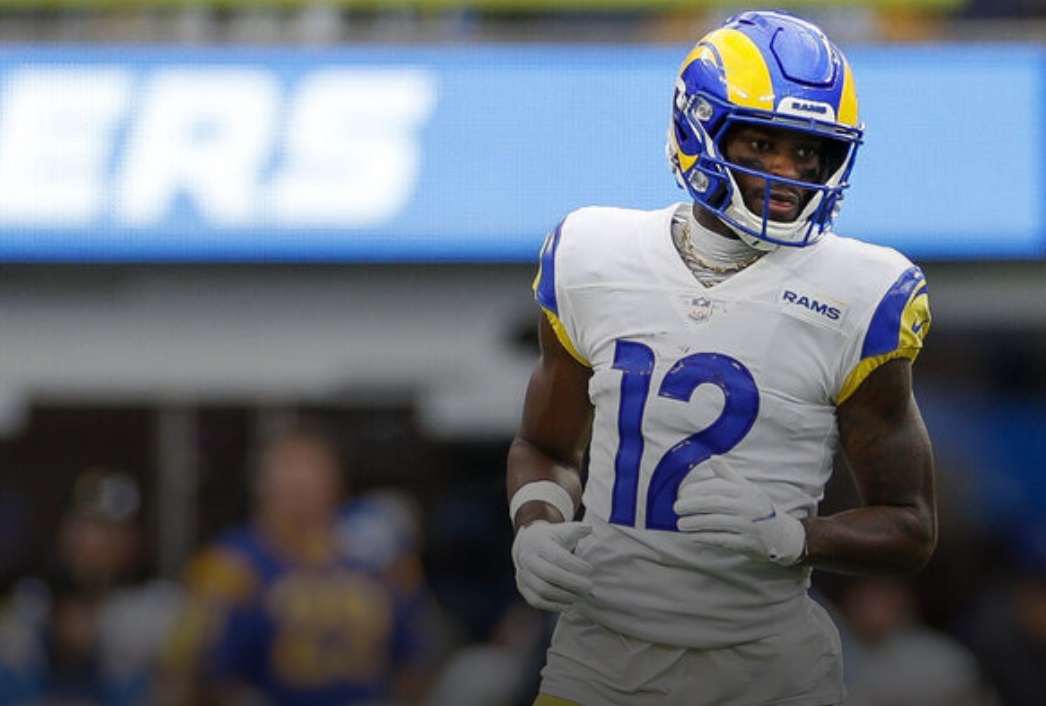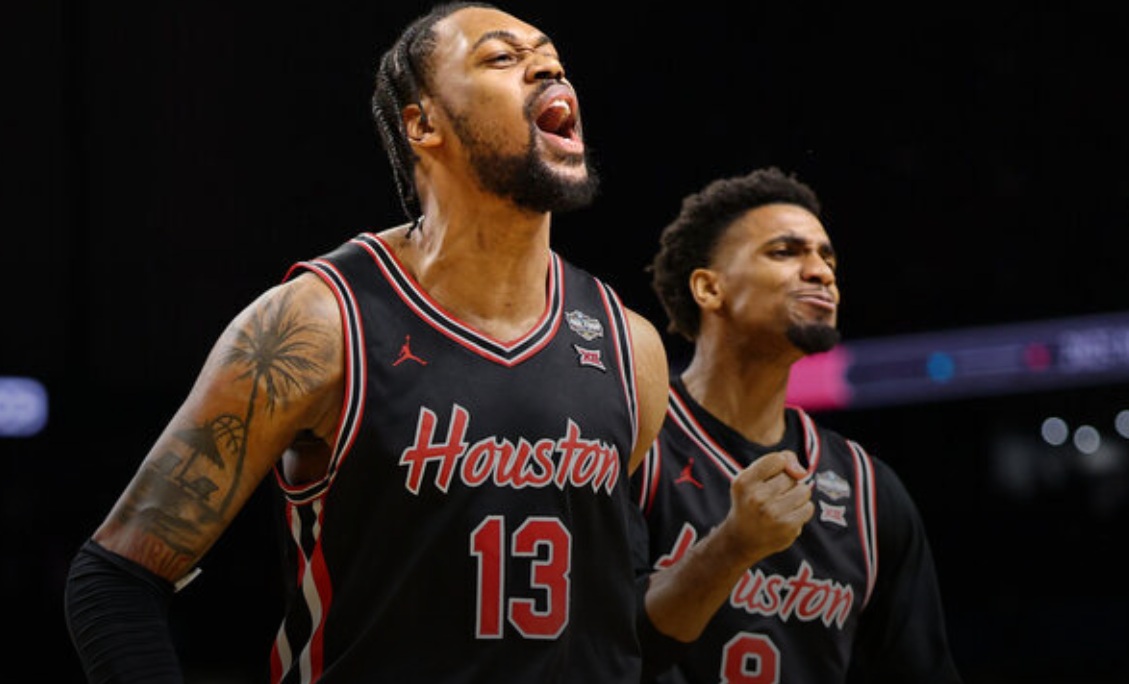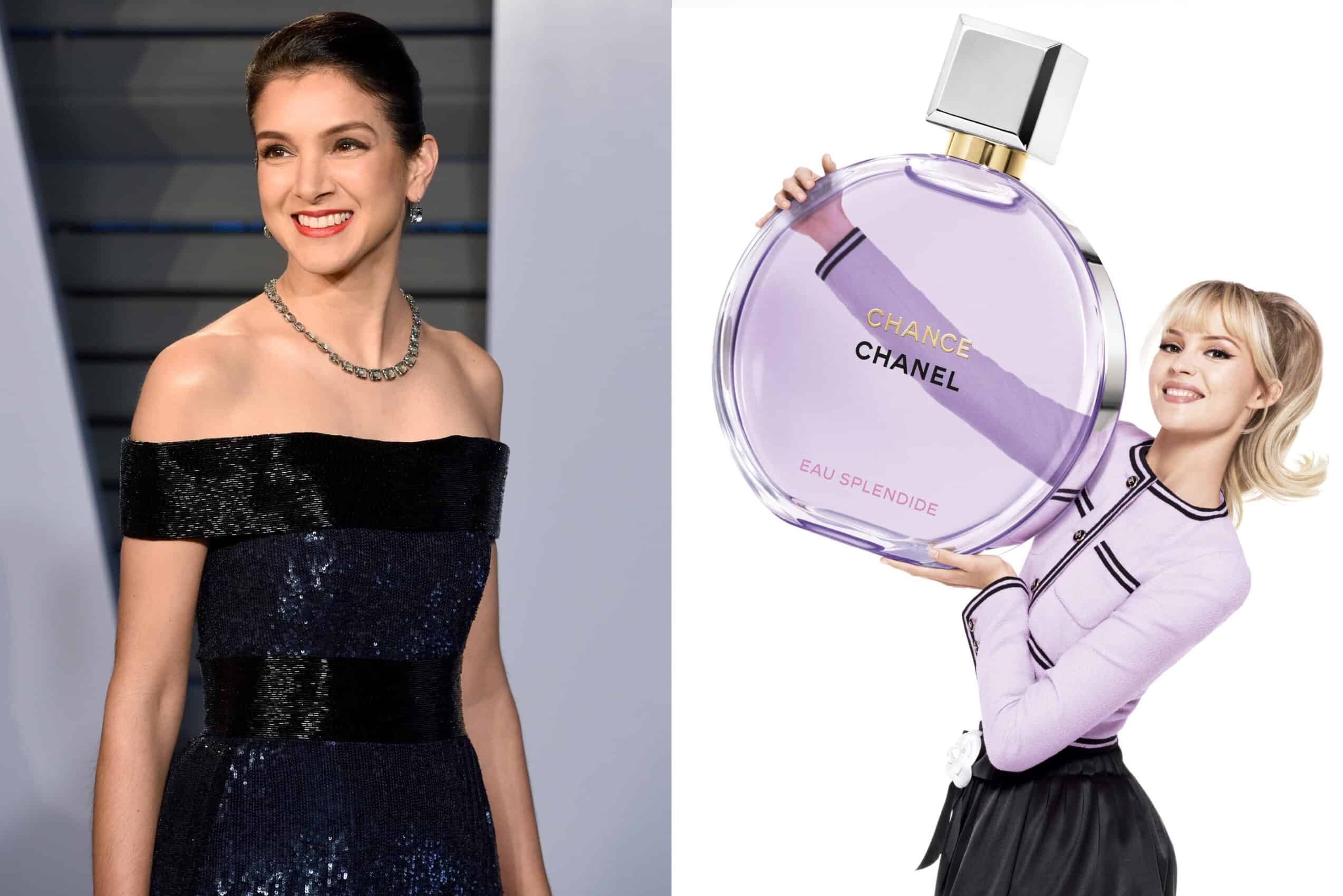Many sports have sought to address inclusivity issues in recent years to better reflect how wider society looks.
Motorsports has been particularly guilty of gender imbalance, with most top-level racing series failing to offer opportunities to females.
As highlighted by recent research by Betway, there are only a handful of examples of women competing against males in major championships.
The German Touring Car Masters (DTM) has historically been more open to offering opportunities to talented female racers.
Beate Nodes raced in the series during the 1980s, while Ellen Lohr established herself the most successful female driver in DTM history a few years later.
She won at the Hockenheimring in 1992, securing the first and only victory of a female driver when she overtook Keke Rosberg in her Mercedes shortly before the end of the race.
Lohr also achieved five podium finishes and secured a fastest race lap, perfectly highlighting that females drivers can be competitive against males.
Fast forward to today and there are two females competing in the DTM – German Sophia Florsch and the Englishwoman Esmee Hawkey.
The DTM’s inclusive nature is in stark contrast to many other racing series, with Formula 1 being one of the worst offenders.
Giovanna Amati was the last female participant in a Formula 1 Grand Prix in 1992 – a shocking statistic for a series that is widely viewed as the pinnacle of motorsports.
Some women have made their mark in Formula 1 off the track, including Ruth Boscombe, Chloe Targett-Adams, Monisha Kaltenborn and Claire Williams.
While the quartet have progressed into prominent positions in the series, females have been unable to secure a seat in an F1 car.
It has long been argued the lower physical performance of women – especially with regard to the strong G-forces that work in Formula 1 – is the main reason teams refuse to employ female drivers.
However, given that women have successful worked under extreme conditions in NASA’s space programme, this argument is nonsense.
The lack of role models in motorsports is also an issue, meaning that many aspiring youngsters racers have very few female drivers they can look up to.
Marketers have not helped in this respect, creating a culture where males are seen as the butch driving heroes while females are there to look sexy.
Finances are also an issue for female progression in motorsports, with sponsors generally preferring to channel their money towards male drivers.
In fairness to motorsports bosses, they have started to address the situation in recent years by launching initiatives to increase female participation.
The ‘FIA Girls on Track – Rising Stars’ scheme has already delivered results after being launched in 2020 by producing the first ever female driver to sign for Ferrari.
The W Series and Extrem E Rallye are other new competitions that are currently providing female racers with the opportunity to compete at a high level.
Motorsports still has a long way to go to address its inclusivity issues, but things are finally heading in the right direction.
You can view the original article HERE.





























